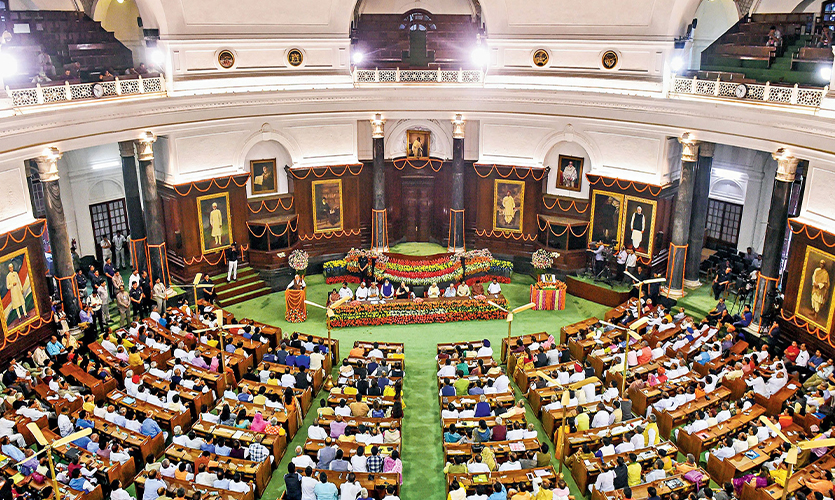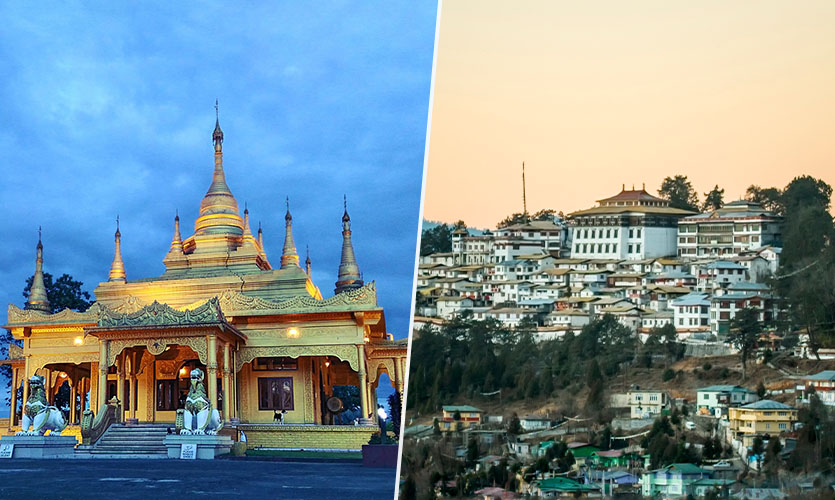After the tenures of three sitting Rajya Sabha MPs — Mukhtar Abbas Naqvi, Syed Zafar Islam, and MJ Akbar — expire in the next two months, the BJP will have no Muslim members in the Parliament. The ruling party has 301 Lok Sabha members, out of which none belong to the Muslim community.
On July 7, Naqvi, the Union Minority Affairs Minister, will leave the Upper House of the Parliament. Islam’s term will also finish on July 4, while Akbar will step down on June 29. On June 10, 57 Rajya Sabha seats were up for grabs across 15 states, however, there were no Muslims on the BJP’s list of candidates. The BJP’s Minority Morcha president, Jamal Siddiqui, has blamed Muslims for the lack of representation, claiming that they selected the wrong platforms to represent the population electorally. However, political pundits say that the BJP would ultimately be concerned about its low representation. Although it is not just the BJP that has little to no Muslim representation. National parties such as the Indian National Congress and the Nationalist Congress Party have just one Muslim member each in the Rajya Sabha. Similarly, the Communist Party of India (Marxist) and the Communist Party of India both have only two Muslim legislators. From their lot of seats, the Bahujan Samaj Party has not fielded a single Muslim MP. Only 7.3 percent of Muslim faces are represented in a pool of 245 members (233 elected + 12 nominated).
Let us examine community representation in the Lok Sabha since 1952. Muslims have continually been under-represented in the Parliament. Their representation in the Lok Sabha ranges from 25 to 35 members. This equates to 5 to 6 percent in the Lower House of the Parliament, for a community that accounts for around 14 percent of the population. In the current phase, beginning in 2002, Muslim participation has reached a new low, averaging at 28, much below the 74 required to adequately represent their proportional share of the population.
Statistics show that Muslim presence or lack thereof in politics, is not a new problem. It would be inaccurate to imply that the BJP’s resounding political victory in 2014 is the cause of this under-representation, when in reality it has existed since iIndependence. The BJP’s recent stratospheric electoral successes has further exacerbated this tendency, as well as Muslims’ political marginalisation.

During the November 2020 election for the Bihar legislature, not a single Muslim MLA could be found on the treasury benches, for the first time since independence. There is not a single Muslim MLA or Member of Parliament from the ruling BJP in Uttar Pradesh, home to around 40 million Muslims. It should be noted that in no Indian state is the percentage of Muslim legislators indicative of their share in the population. With only 2 percent Muslim lawmakers in the state assembly, Gujarat is at the bottom of this list, with 9 percent Muslims.
One of the main reasons for Muslim underrepresentation is the reluctance of political parties to offer tickets to Muslim candidates. This is true across all regional and national parties. Muslim candidates accounted for only 4 percent of the mainstream regional and national parties’ nominations between 1952 and 1977, when Muslims constituted 10 percent of the country’s population. A continuation of this trend has resulted in fewer Muslim candidates receiving tickets, increasing the number of Muslim candidates at a snail’s pace.
Another issue contributing to the shrinkage of Muslims’ political space is communalisation. The development of the BJP and its kamandal politics as a counter-movement to the Mandal Commission movement in the late 1980s and early 1990s compounded their marginalisation. Other parties are fielding fewer Muslim candidates, seemingly as a means of countering the BJP. The crippling representation of the Muslim population in new India may not be going away any time soon.
Read more: Kejriwal Calls AAP The ‘Only Cure For BJP’ In Gujarat










